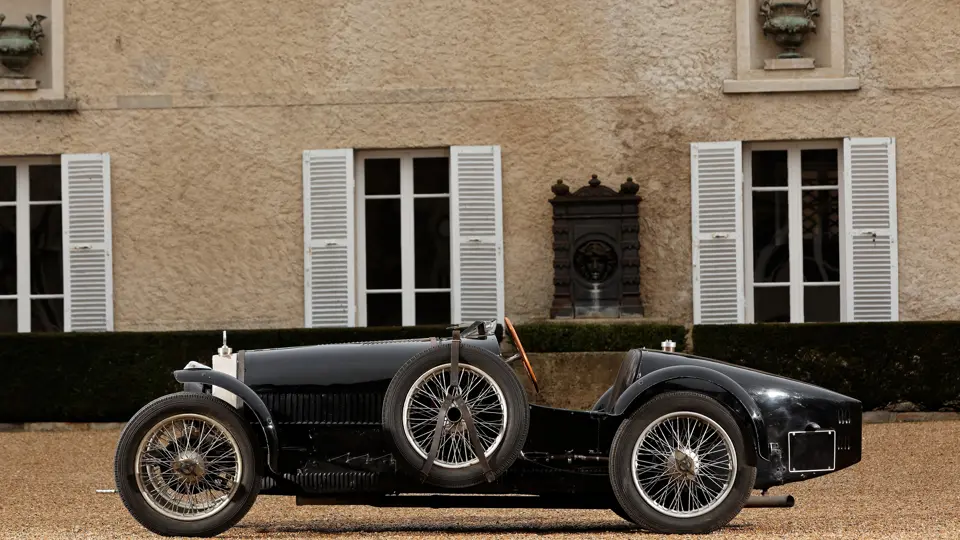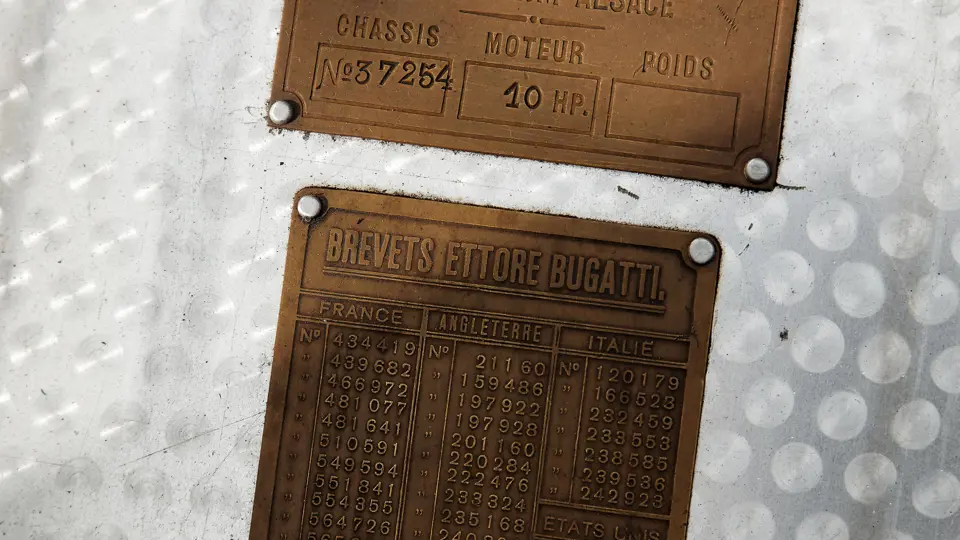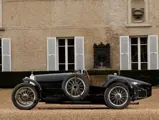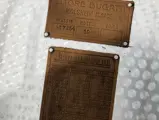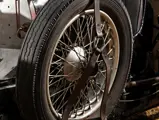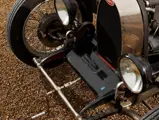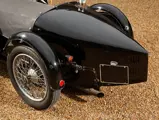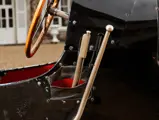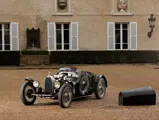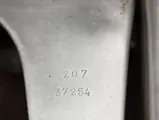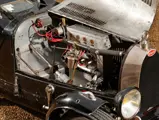
1927 Bugatti Type 37 Grand Prix
{{lr.item.text}}
€750,000 - €1,000,000 EUR | Not Sold
{{bidding.lot.reserveStatusFormatted}}
- Highly original, well-known Grand Prix Bugatti
- Known ownership throughout, with nearly 30 years in the hands of the current owner
- Eligible for the world’s leading events
- Inspected and documented by Pierre Yves Laugier
80 hp, 1,498 cc single overhead camshaft inline four-cylinder engine, four-speed manual transmission, live axle suspension with semi-elliptic front and quarter-elliptic rear springs, and four-wheel mechanical drum brakes. Wheelbase: 2,400 mm (94.5 in.)
With the launch of the Type 37 Grand Prix model in 1926, Ettore Bugatti created one of the most iconic racing cars in history, and certainly one of the most instantly recognisable silhouettes in Grand Prix car design.
The Type 37 effortlessly combines both purposeful aesthetics with an understated simplicity, relying on finesse and lightweight design for its performance, rather than the over-engineered brute force that were more typical in racing cars of the period. The car’s 1.5-litre, single overhead cam engine was as compact as it was powerful, and the Type 37 was easily capable of 90 mph. Braking was effective too, and the whole package was quickly identified as a race-winning car for any serious driver on the international racing scene.
The Type 37, like its predecessor, the Type 35, is for many collectors the ultimate embodiment of a high-performance and competitive racing car, yet it is also a car that offers enthusiasts an excellent level of practicality for road-based events and rallies. The wide cockpit offers genuine two-seat accommodation for the driver and a companion, making it a wonderful choice for any driver holding the romantic notion that a car should be driven to a circuit, raced competitively, and then driven home in darkness, courtesy of practical accessories such as wings and headlights. The “Brooklands” style windscreens, the delectable dashboard gauges, and the unmistakable Bugatti wood-rimmed steering wheel all complete what is an exceptionally exciting and simply beautiful car to own and admire.
The car offered here, chassis number 37254, was manufactured in 1927 and sold on 8th October to the Baron Leo d’Erlanger, buyer for London Bugatti agent Colonel W.L. Sorel. Hugh Conway’s 1962 Bugatti Register records the first owner as Loke Wan Yat, the third son of one of Malaysia’s wealthiest residents, and known for buying many unusual automobiles for his family. This was likely the Bugatti driven by one of those relations, Loke Yaik Foo, in the Selangor Automobile Association reliability trial on 10 August 1928, in which the car had the fastest time of the day, 33.5 seconds. The Malayan Saturday Post of 18 August 1928 shows Loke Yaik Foo in a Type 37, mentioning the car’s win in its Sports Cars class.
In the Straits Times of 30 November 1929, Loke’s Bugatti was offered for sale, having “done less than 2,000 miles, new tyres. Cost over $5,000. Will accept $3,000 or near offer. Owner buying Bentley”.
The car’s history between 1930 and 1939 is unverified, but it reportedly included several hill climbs in Malaysia. In 1939, it was acquired by Lim Peng Han, of Singapore, and registered there in 1940 as “S 537”. Son of a great Chinese philanthropist, Lim originally practiced to be a lawyer, but he found his true calling as a mechanic and tuner of fine racing cars. In order to avoid the car being destroyed or stolen from the terrific Japanese occupation during WWII, he dismantled 37254 in 1942 and hid the all the parts in his house, and so it remained, until English enthusiast Diana Saint Georg visited and bet Lim four crates of beer and one bottle of Champagne that she could put the car back together again. All original components of the car were relocated and reassembled in four months, with Saint Georg winning the bet. In autumn 1962, the Bugatti was driven by Peng Han and David Williams Wynn in the Dunlop Gap Hill Climb.
The car passed on 5 August 1965 to Karel J. Mellaart, who sourced two correct side-draft Solex carburettors and a clock, and he restored the car completely. In 1967, it was passed to well-known Bugattiste Uwe Hucke, who registered it in Germany as LK-S-37, drove the 1972 Mille Miglia behind the wheel, and after a move to France, re-registered the car again, this time in Nice as 9680 TG 06. The car passed in 1980 to Jurgen Sinkel, also of Germany, and finally, in 1983, to the present owner.
The car today is astonishingly complete and authentic, and a review of all its parts, crucial for any Bugatti, is quite satisfying. The body is original, save the centre section (per Saint Georg), which was replaced in 1962, when the car was assembled again, and it is in quite good condition, finished in black, with the Singapore-era red still visible inside the frame and cockpit. The bonnet is also original, still retaining the traces of two holes for SU carburettors. The engine leg is stamped 37254 and 207, for the chassis and engine numbers, respectively. Inspecting the engine, the cambox is stamped 207, with assembly number 44 on the front face of the upper crank and on the oil filler platform, as well as on the original lower crankcase, which is not installed but is supplied with the car. The back axle and torque arm are both stamped 340, correct for this car, and the frame number, stamped 526, is in the correct series. The gearbox lid is marked 68 and the centre casing 183, a number too low to be correct, and it is likely from another Grand Prix dismantled in Malaysia.
In summary, this is a well-known and highly original Type 37 with provenance that is virtually unbeatable among 37s today. Mechanically perfectly sorted, chassis 37254 is ready to enter any rallies, and it will be sure to provide its new owner with all the thrills and excitement associated with a pure race-bred Grand Prix Bugatti.
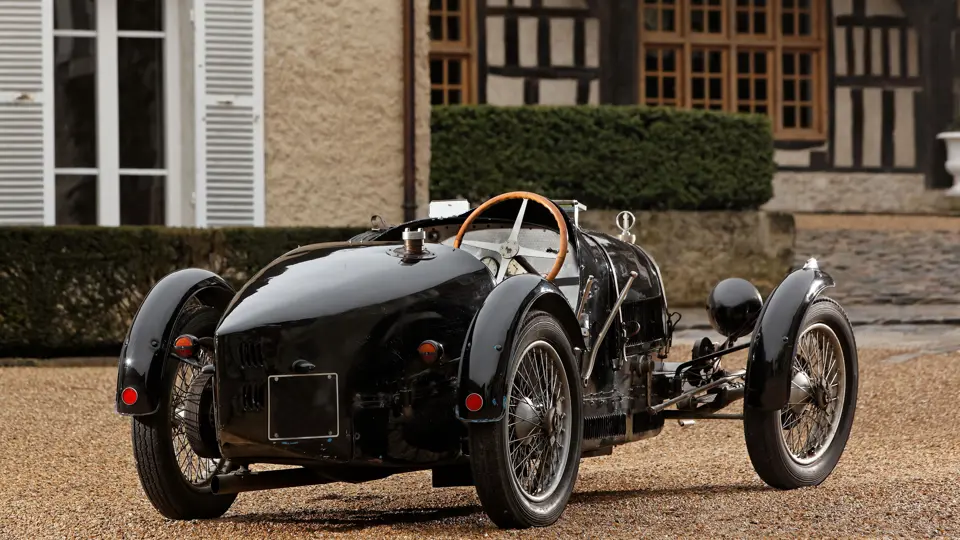
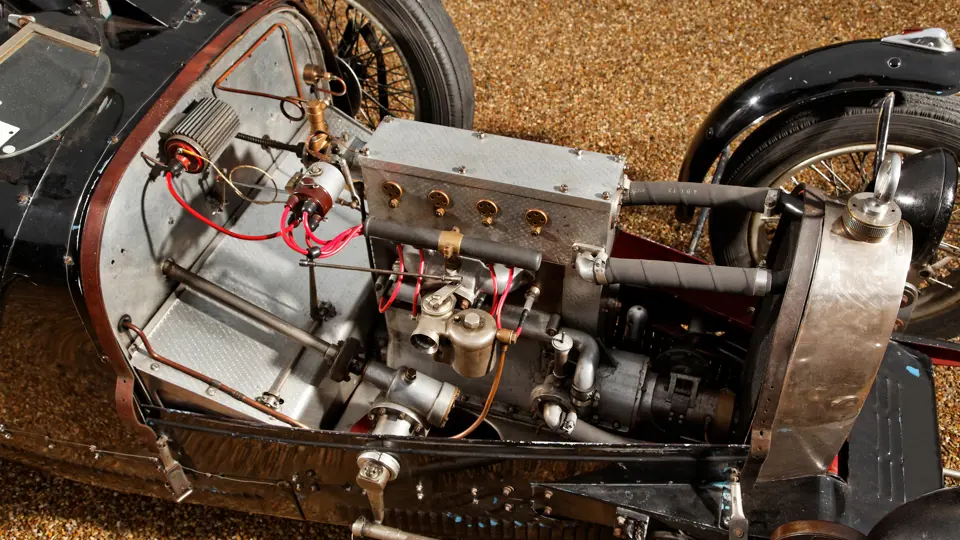


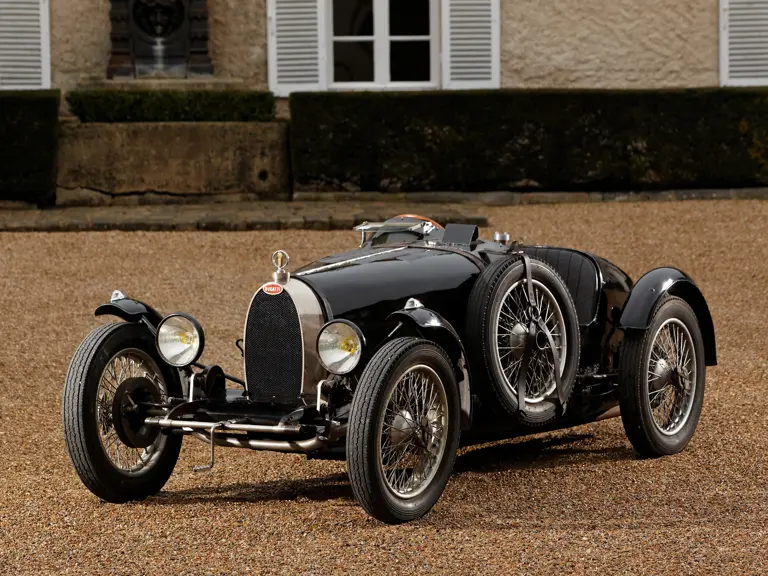

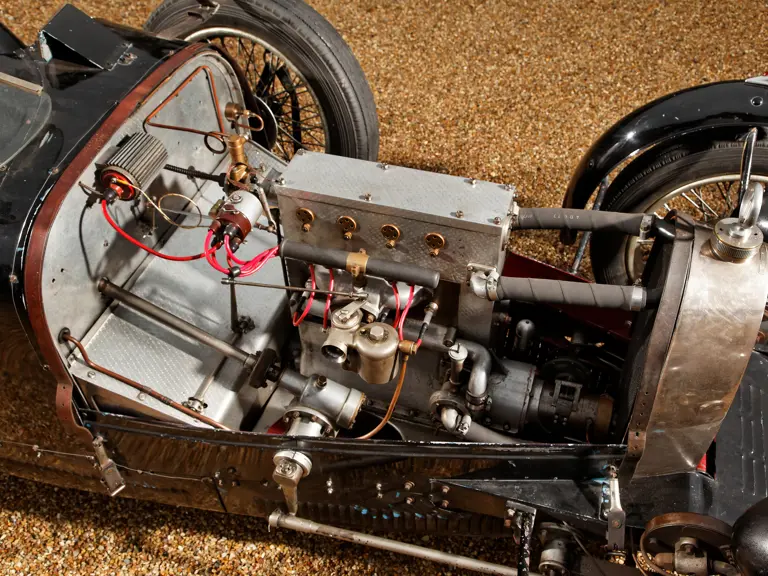

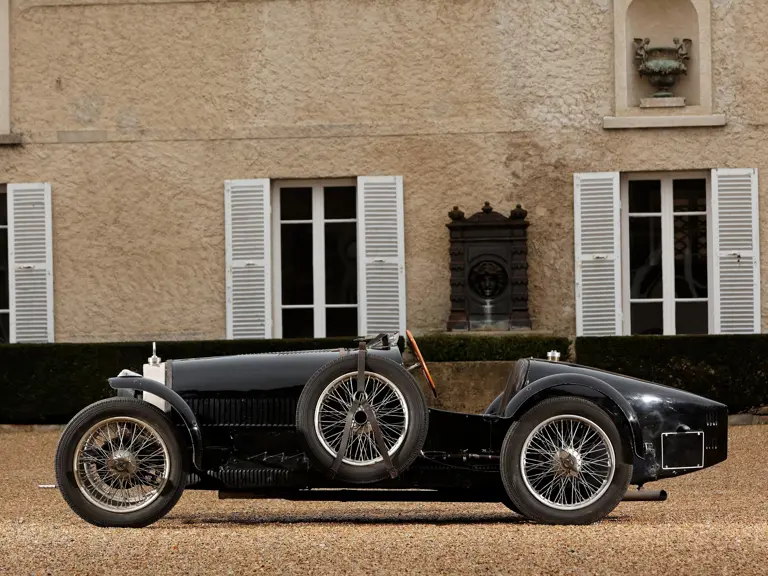

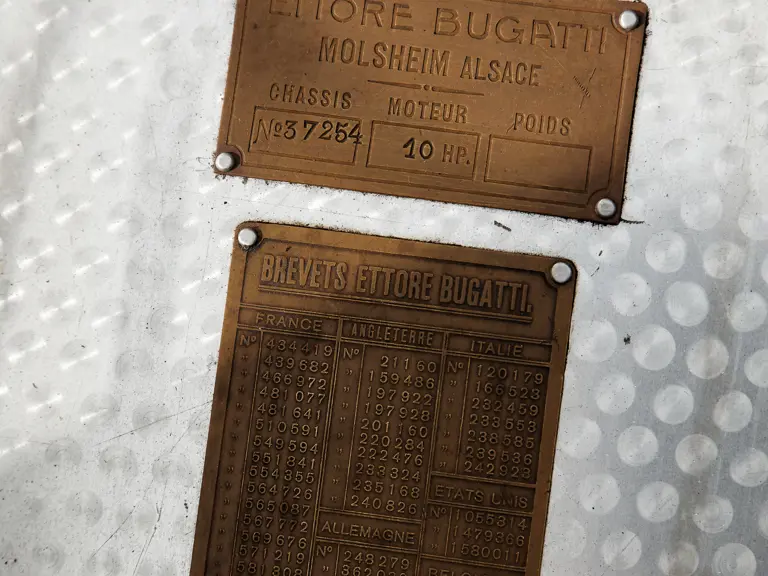
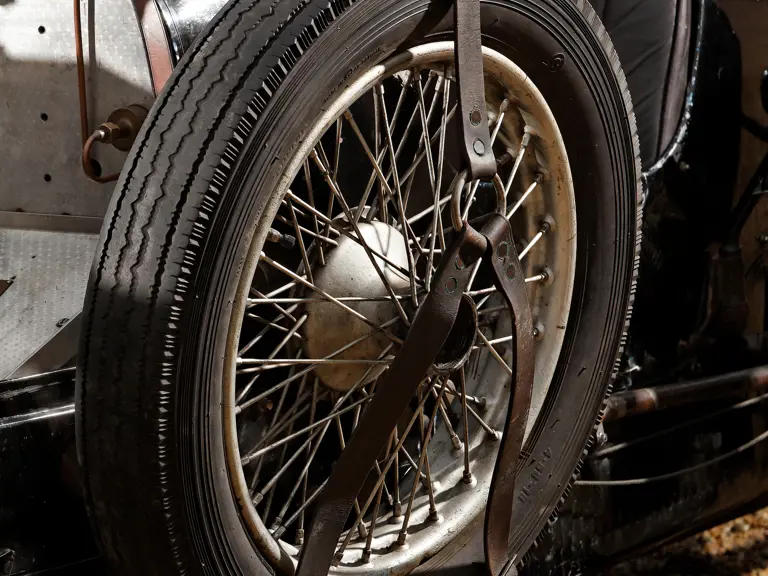
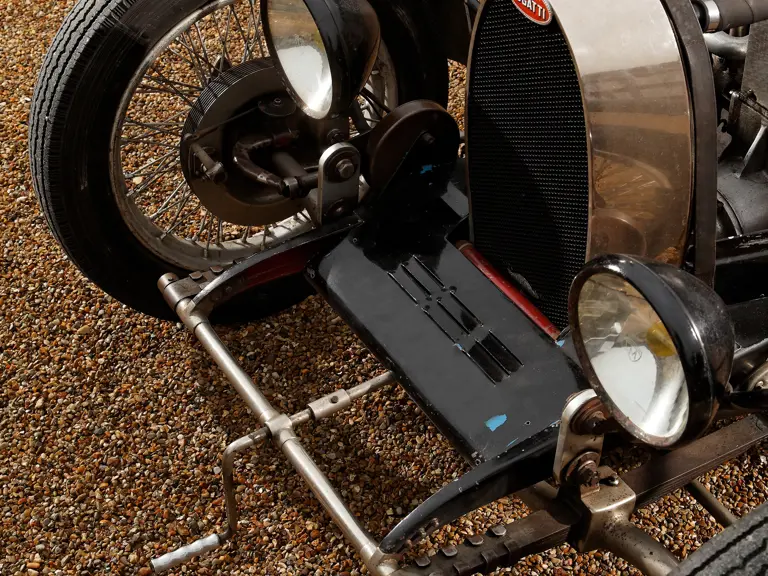
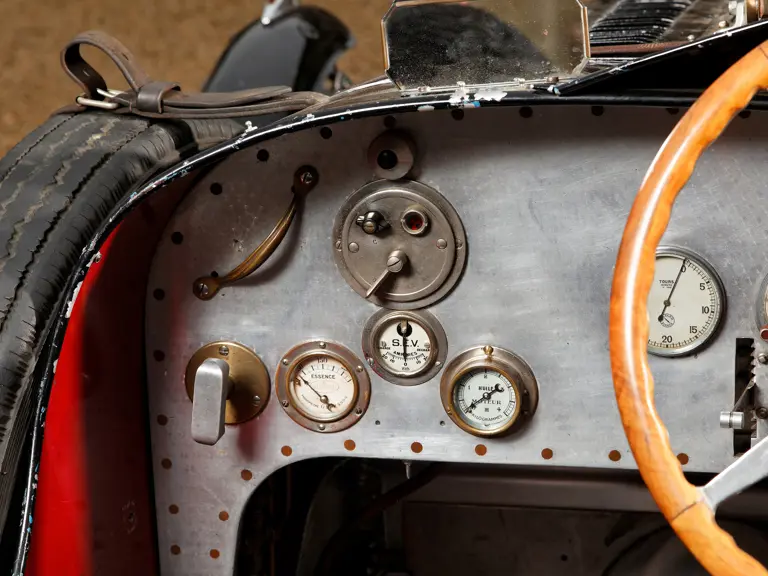
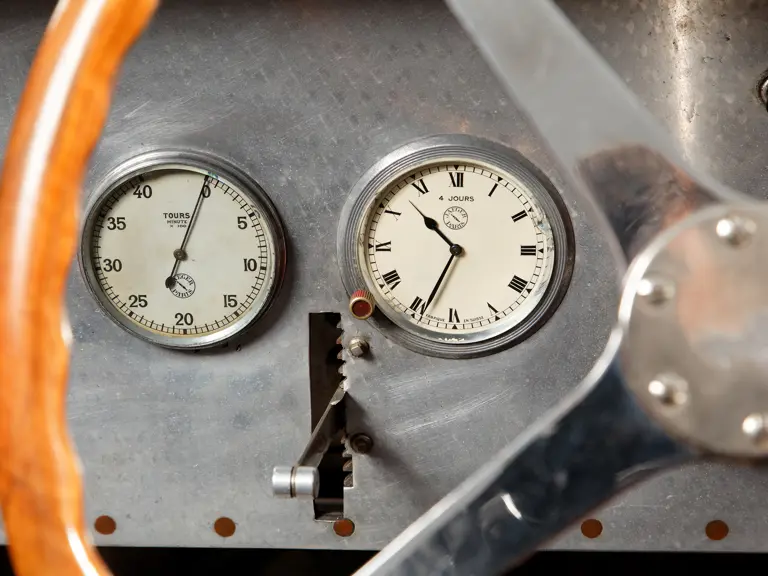
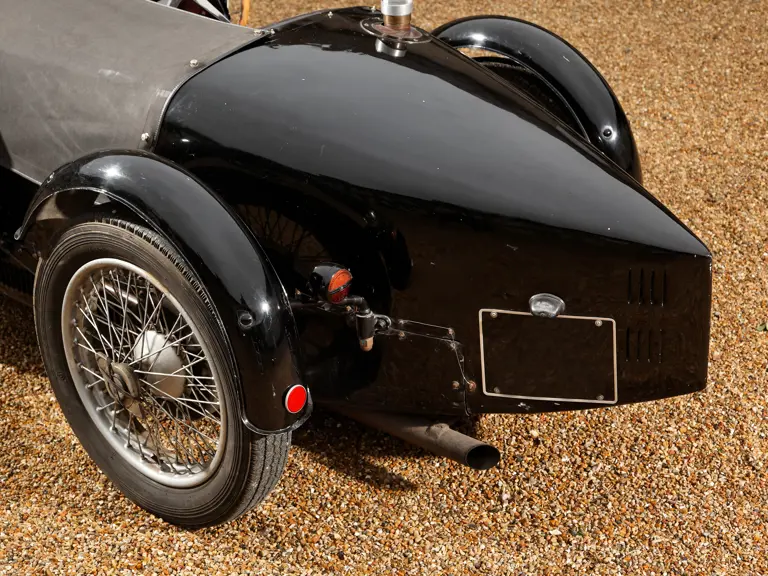
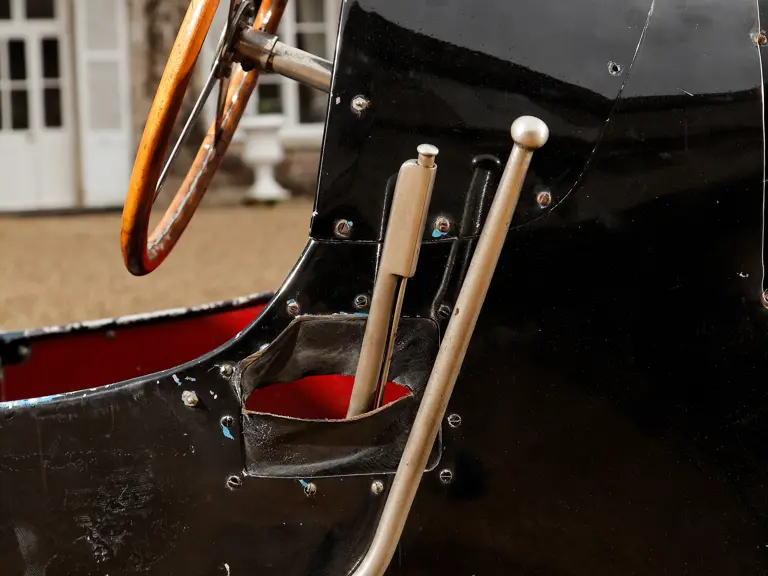
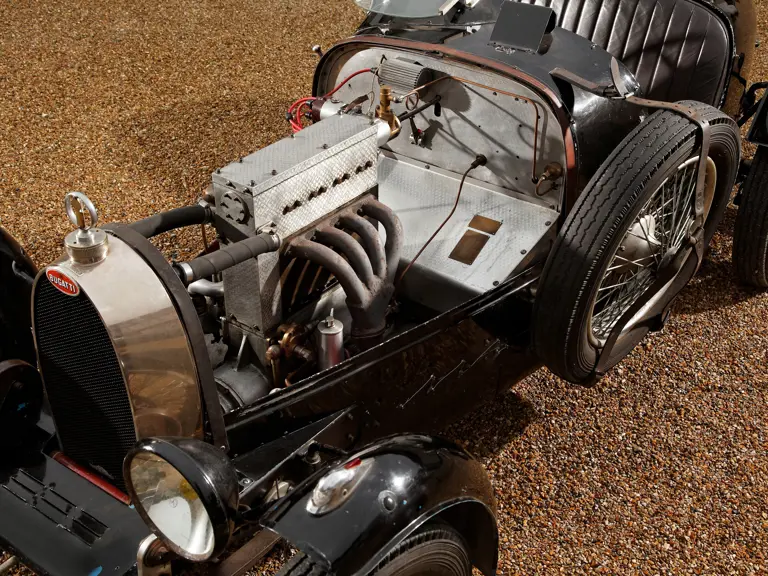
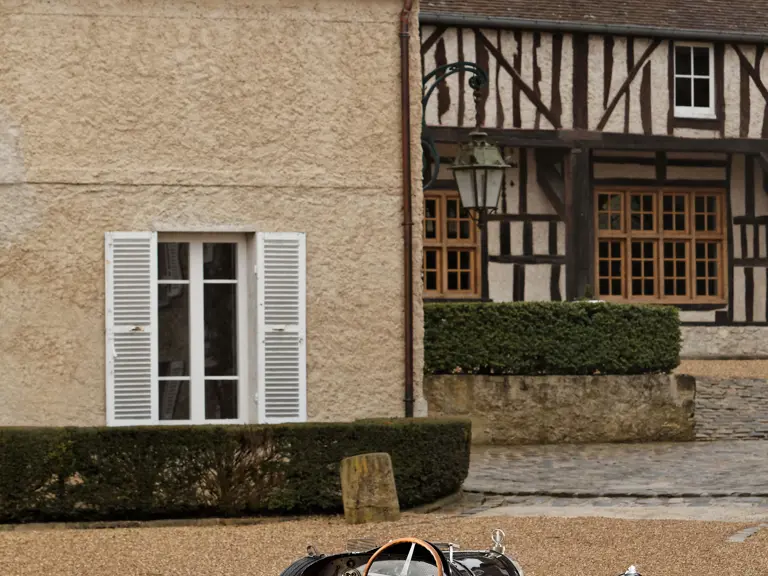
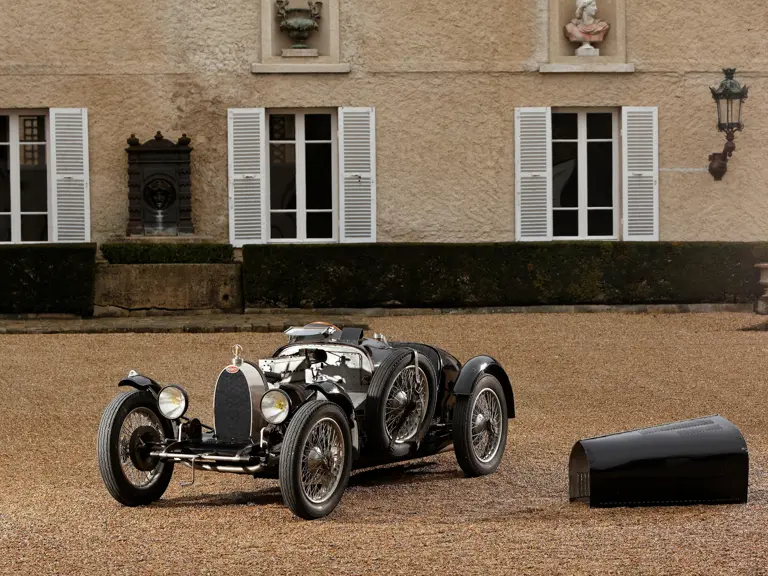
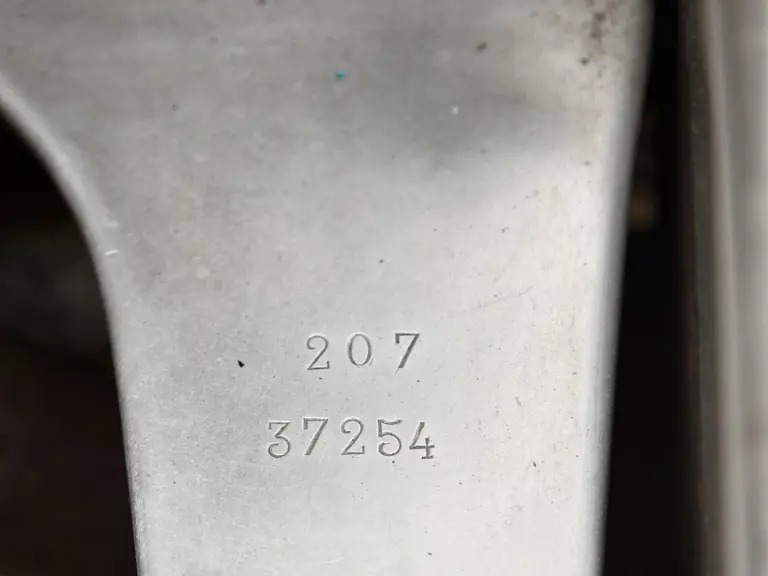
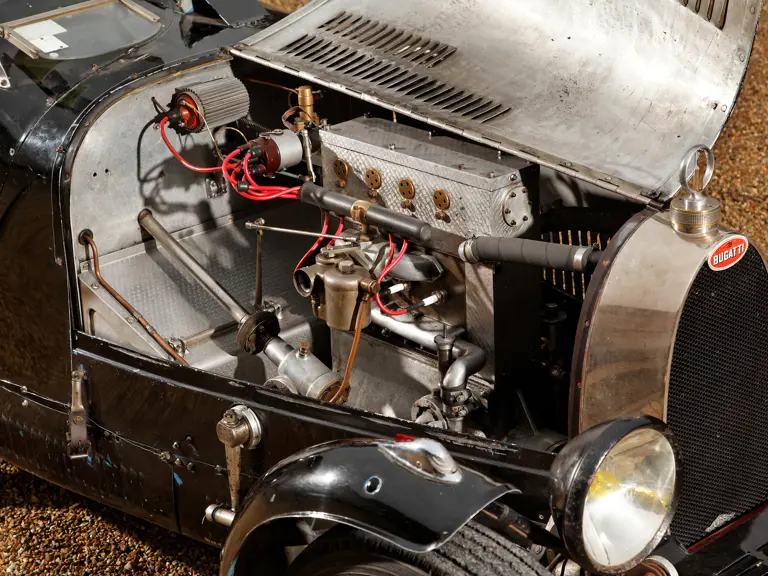
 | Cernobbio, Italy
| Cernobbio, Italy
